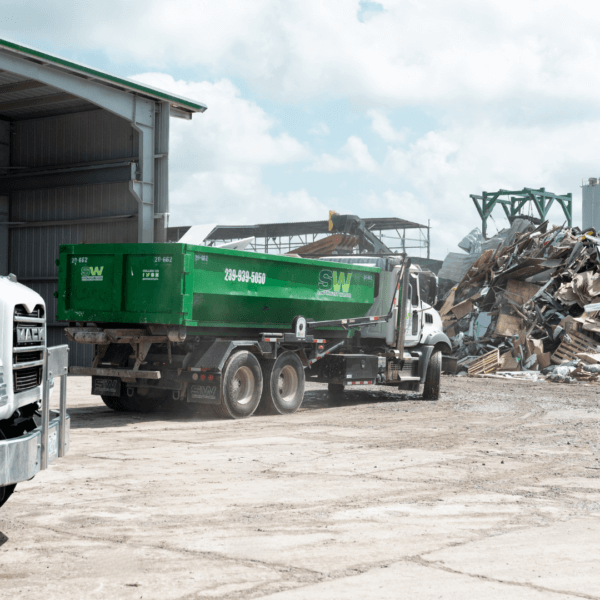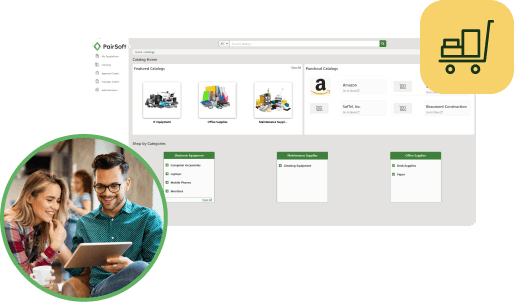Sustainability continues to be a popular buzzword applied to everything from farming practices to laundry detergents, so it’s not surprising to hear it used in the context of the
sustainability of nonprofit organizations.
A sustainable nonprofit is one that can sustain itself over the long term, which at first you might think refers only to maintaining an adequate funding model. But sustainability is about more than just the money coming in. A sustainable nonprofit also needs efficient and effective controls over its requisition and procurement processes.
What does it take for a nonprofit organization to have sustainable procurement practices? Here we examine five ways eprocurement builds sustainable procurement practices in the nonprofit sector.
1. Promote compliance
Maintaining a high level of transparency and auditability is important for all nonprofits, and for those receiving government funding, it becomes vital.
Nonprofits must also conscientiously track spending associated with budgets and funds or grants to prove good stewardship. The single best way to ensure your organization is creating and retaining adequate records and remaining in compliance regarding its purchasing activities is to leverage an eProcurement solution.
By routing all requisitions and purchases through the eProcurement software, you’ll build a robust audit trail and record of every request, every approval, every request for proposal (RFP), and every payment transaction. Controls within the software can help warn and even prevent out-of-budget purchases to ensure internal compliance.
2. Speed, simplify, and standardize processes
Sustainable practices are those that can be maintained at a certain rate or level over time. Overly burdensome or complex procurement practices are simply not sustainable.
Employees will naturally look for ways around lengthy or complicated workflows, negating your best efforts. Implementing an eProcurement solution in your organization will help build sustainable procurement practices that bring greater control and best practices, along with speed and simplicity.
3. Go paperless
Reducing paper in the procurement cycle goes right to the heart of sustainability. Paper-based processes are inefficient, wasteful, and downright unsustainable. eProcurement solutions dramatically reduce, or even eliminate, the need for printed documents.
From mobile requisition entry, electronic approval routings, automated purchase order submittal, to integration with your ERP, eProcurement streamlines and helps automate all aspects of the procurement cycle.
4. Boost accuracy
Data accuracy was cited as the area of greatest opportunity for improvement in the procurement cycle among nonprofits surveyed recently by PayStream Advisors. A full 29% of respondents cited data accuracy, making it the top concern among nonprofits.
Manual requisition and approval processes are fraught with errors, and may require extensive staff time and resources to identify and resolve.
Accuracy gets a boost from eProcurement when organizations take advantage of the many controls and conveniences the software provides, including defaulting values such as GL accounts, and offering functionality like guided buying catalogs and PunchOut that reduce the need for data entry and the errors that often accompany it.
5. Maximize productivity
Limited resources are a chronic concern for nonprofits who are often strapped for funding and for qualified personnel. It makes sense, then, to maximize those resources in every way possible.
By automating workflows in the requisition and procurement processes, nonprofits free financial and human capital resources for more strategic tasks, promoting a more productive, sustainable organization.
Building sustainable procurement practices in the nonprofit sector involves data-driven decision making, full financial transparency, streamlined operational efficiencies, and simplified compliance—all benefits that eProcurement solutions provide.
Gain deeper insight into procurement trends in non-profit via this infographic.







